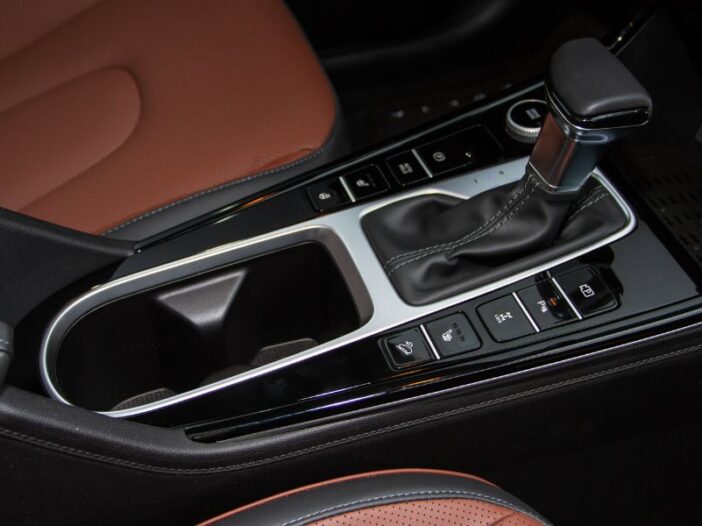
Most older vehicles use mechanical or manual transmissions. Modern vehicles have automatic transmissions that are highly reliant on electrical components for efficient operation. This technological advancement also came with new knowledge of how to repair any malfunctions.
Auto repair technicians and technology enthusiasts alike should know more about electrical automatic transmission failure. Here’s some helpful information that will expand your understanding of these complex machines.
Table of Contents
Understanding Electrical Automatic Transmissions
Electrically operated automatic transmissions are instrumental in improving efficiency and power distribution in vehicles. This sophisticated system uses a complex interplay of electronics rather than mechanical components to handle gear shifts.
Common Electrical Malfunctions
These electrical systems are not infallible and can fail for various reasons. Understanding these possibilities is the first step in preparing for and preventing issues.
Sensor and Solenoid Failures
The transmission relies on various sensors to measure speed, fluid temperature, and gear position. Solenoids, on the other hand, control the flow of fluid throughout the transmission. Failure can lead to improper gear shifts, delayed shifting, or in severe cases, an inability to shift.
Faulty Transmission Control Module (TCM)
The transmission control module (TCM) regulates the automatic transmission system. It coordinates functions like gear shifting patterns and gear management.
When the TCM malfunctions, it can lead to a range of problems. The transmission may shift gears abruptly or at inappropriate times, or it could get stuck in one gear and prevent the vehicle from smoothly transitioning. In some cases, the transmission may fail to engage any gear, rendering the vehicle immobile.
Wiring Problems
Corrosion, wear, or damage to the transmission’s wiring harness can interrupt communication between the vehicle’s main computer and the transmission system. Miscommunication can cause erratic transmission behavior or result in the vehicle entering “limp mode” to protect itself from damage that severely hinders performance.
Bad Connections and Corrosion
Did you know that the weather affects transmission operation? Over time, connectors and terminals that link the electrical components of a system can become loose or corroded from exposure to various environmental factors. Gradual deterioration can cause intermittent problems that are often difficult to diagnose.
These issues may occur sporadically, coinciding with changes in humidity levels or even vehicle movement. You should proactively address these concerns to ensure good performance. One of the facts you didn’t know about automatic cars is that automatic transmissions made vehicles more accessible. The advancements of electrical elements in vehicles make operation easier for all drivers. When you know more about electrical automatic transmissions and their potential failures, you’ll get more comfortable behind the wheel.